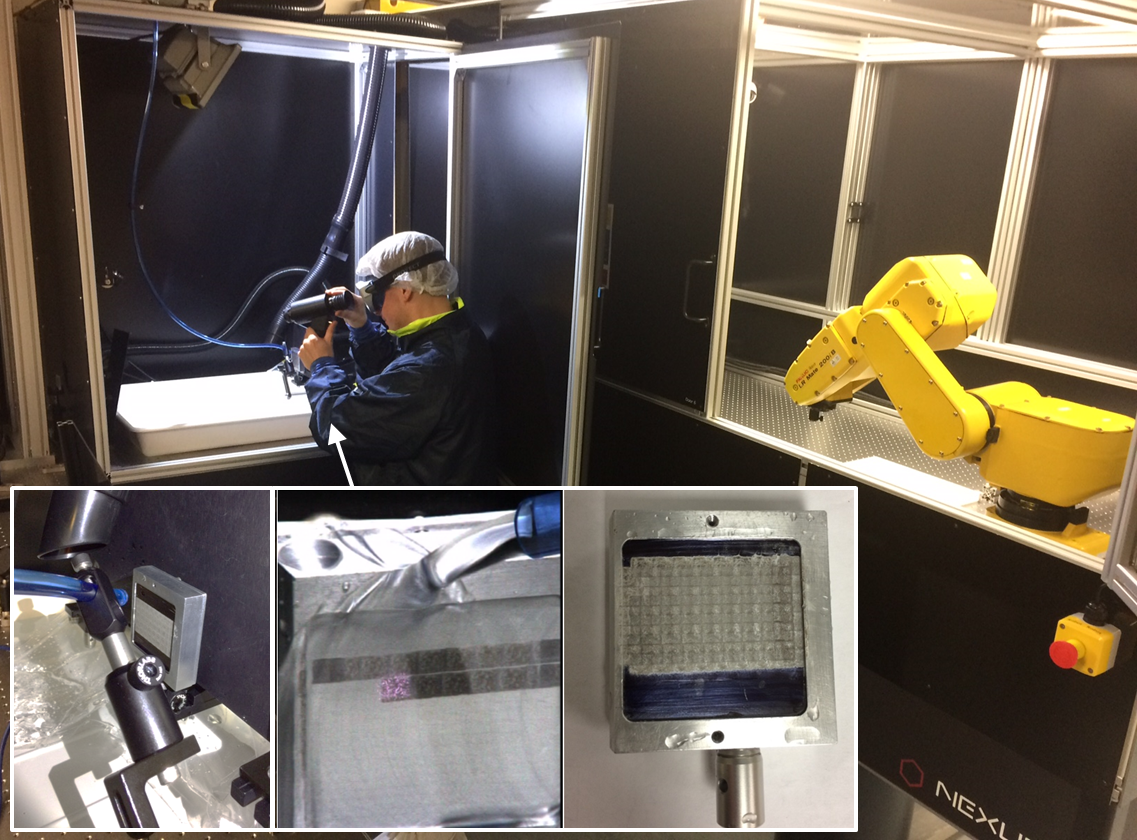Laser shock peening is a non-contact surface treatment
that can improve the mechanical properties of metallic alloys through
the introduction of deep compressive residual stress in excess of 2 mm beneath
the treated surface. A nanosecond pulsed laser is targeted at the component
surface creating energetic plasma which sends a shockwave deep into the
material. This shockwave can be amplified by submerging the sample in water to
confine the plasma and optional ablative coatings can also be used to enhance
energy absorption. A new laser shock peening platform has been commissioned at
the Rutherford Appleton Laboratory’s Central Laser Facility based upon our
in-house DiPOLE laser architecture: A 10J, 10Hz, nanosecond pulsed, cryogenic
gas-cooled Yb:YAG laser. The flexible new system offers full control over the
laser peening parameters enabling optimised treatments tailored to specific
materials and their applications.

High value sectors such as aerospace and nuclear power
generation have slowly adopted laser shock peening as a specialised tool for
improving performance in critical components. In the nuclear industry,
protection of pressurised water reactors against stress corrosion cracking is
of fundamental importance to ensure safe operation over increasingly long
reactor lifetimes. Pressure vessel steels are chosen for their stable
microstructures at elevated temperatures with internal stainless steel cladding
for improved corrosion resistance.

